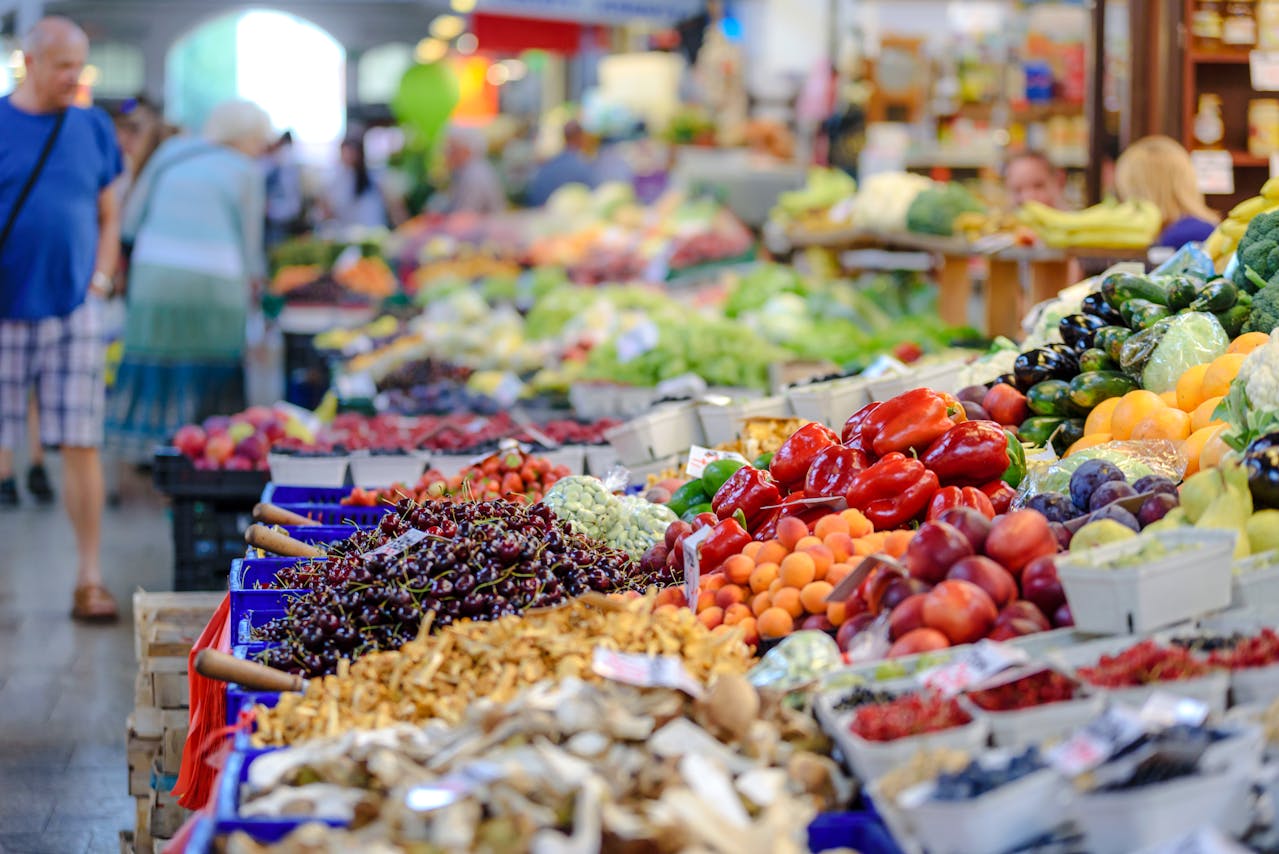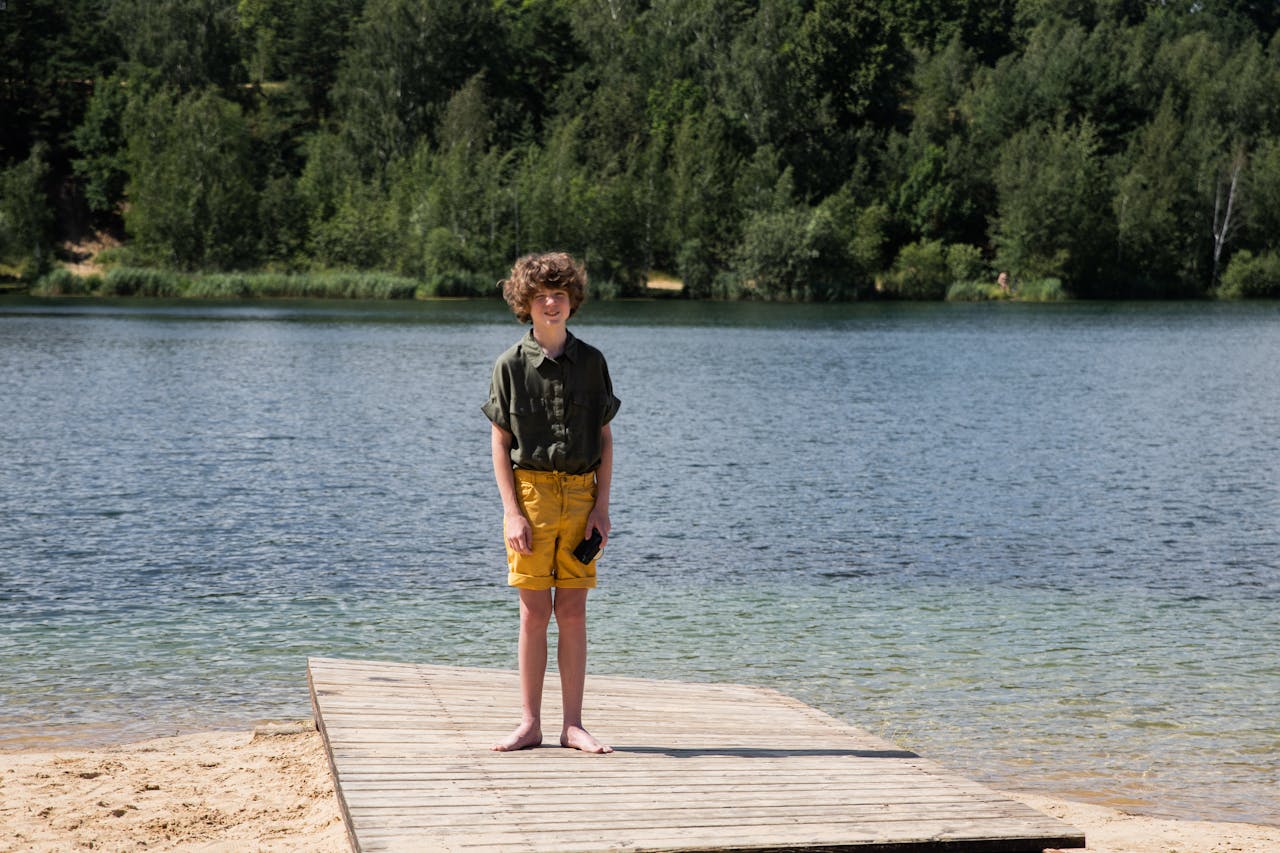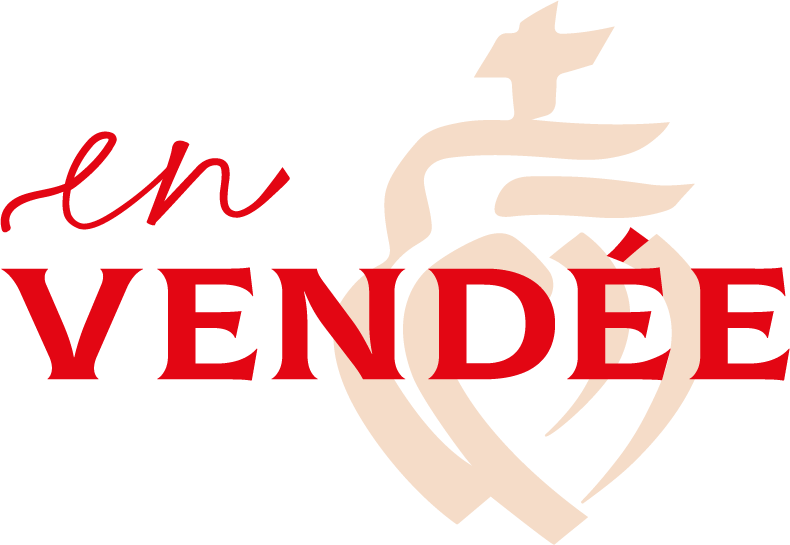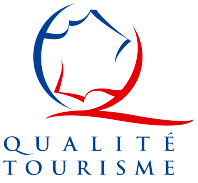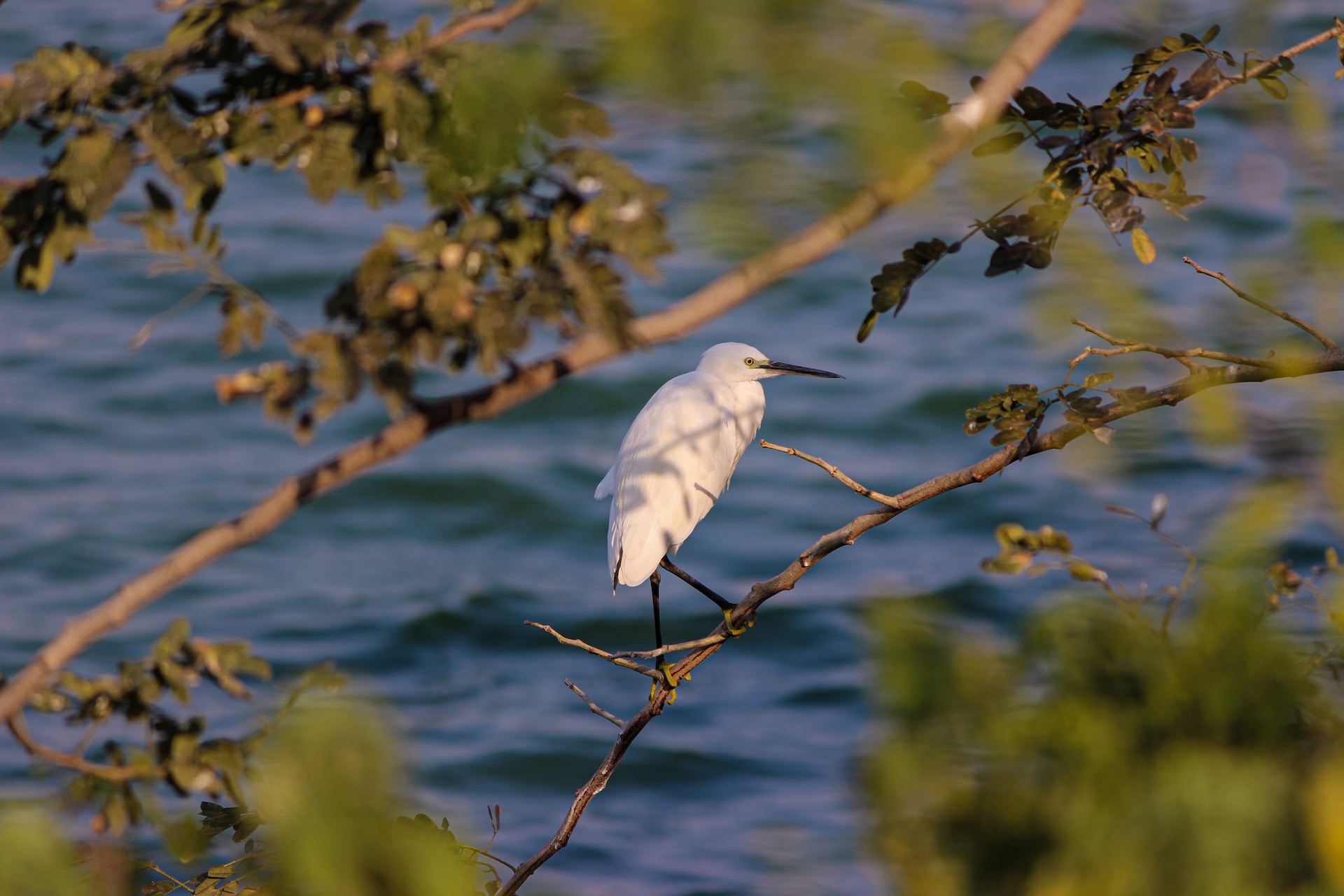
Wild animals that you can observe in Vendée
Coming across wild animals in Vendée is not uncommon. The Tropicana introduces you to everyone you can meet!
The Vendée, with its preserved coastline, green forests and marshes rich in biodiversity, offers an ideal setting for nature lovers and wildlife enthusiasts.
Between humidity and heat, we discover superb fauna and flora in Vendée. This is also why during your vacation, you can see various wild animals in Vendée.
If you plan to stay at Tropicana, your campsite in Saint-Jean-de-Monts , you will be delighted to discover the diversity of wild life that surrounds you.
Do you want to know more about the wild animals in Vendée that you may cross paths with? Don’t worry: The Tropicana has all the answers!
Accustomed to our environment and located in the heart of lush greenery, we are perfectly familiar with the wild animals in Vendée that you may encounter during your vacation at our campsite.
Between birds and mammals, discover everything you need to know about wild animals in Vendée!
The gray heron
Let’s start first with a species that you will come across a lot by the sea, and in the marshes: this is the sublime gray heron.
The gray heron is a majestic bird that can often be seen in the wetlands of Vendée, particularly in marshes and ponds.
Recognizable by its gray-blue plumage , long neck and yellow beak, the gray heron is a skilled fisherman.
You can see it hunting its prey , such as fish and frogs, remaining motionless near the water to surprise them.
Very impressive when it takes flight , it is one of the wild animals in Vendée that you will come across the most!
Also read: The Gray Heron (Ardea cinerea), the majestic bird of the ponds
The white stork
Raise your head and scan the roofs and tall trees in search of nests: the white stork loves to settle high up to give birth to its young.
The white stork is a symbol of the Vendée region.
With its large white wings and red beak, it is easily recognizable. You can observe these majestic birds perched on the roofs of churches, buildings and electricity pylons.
The Vendée is one of the rare regions of France where the white stork nests naturally, and you will have a good chance of coming across them during your walks.
The deer
The deer is one of the large mammals that can be found in the Vendée forests.
You may be lucky enough to spot these elegant animals with their reddish-brown coats during your nature walks.
Forest edges, clearings and fields are ideal places to observe deer, especially at dawn or dusk.
Often afraid of humans, you will be lucky to be able to get close to them!
The coypu
The coypu , also called ” marsh beaver “, is a semi-aquatic animal that can be found in the wetlands of Vendée.
Recognizable by its stocky silhouette, its large whiskers and its flat tail , the coypu is an excellent swimmer. You can see it swimming in canals and ponds in search of aquatic plants, its main source of food.
If you visit the Poitevin marshes, you will have a good chance of coming across one!
The European otter
The European otter is an emblematic animal of the rivers and streams of Vendée. Although discreet, it can be observed with patience and discretion.
Calm areas of rivers , ponds and marshes are the places where you are most likely to see it.
The otter feeds mainly on fish and is known for its playful games in the water.
A beautiful wild animal in Vendée: the marsh harrier
Finally, the marsh harrier is a bird of prey that can be seen in the marshes and wetlands of Vendée.
Recognizable by its light brown plumage with stripes, it is an excellent hunter of insects and small mammals.
You may see it hovering above the reeds in search of prey or perching on trees and bushes.
The Vendée is a true paradise for nature and wild animal lovers.
During your stay at Le Tropicana campsite , don’t forget to bring your binoculars and your camera to capture these unforgettable encounters with the local wildlife!
Take advantage of the natural beauty of the Vendée and its feathered, furry and scaly inhabitants to experience moments of pure magic in the open air.




 News
News Notice
Notice 02 51 58 62 98
02 51 58 62 98 Access / Contact
Access / Contact